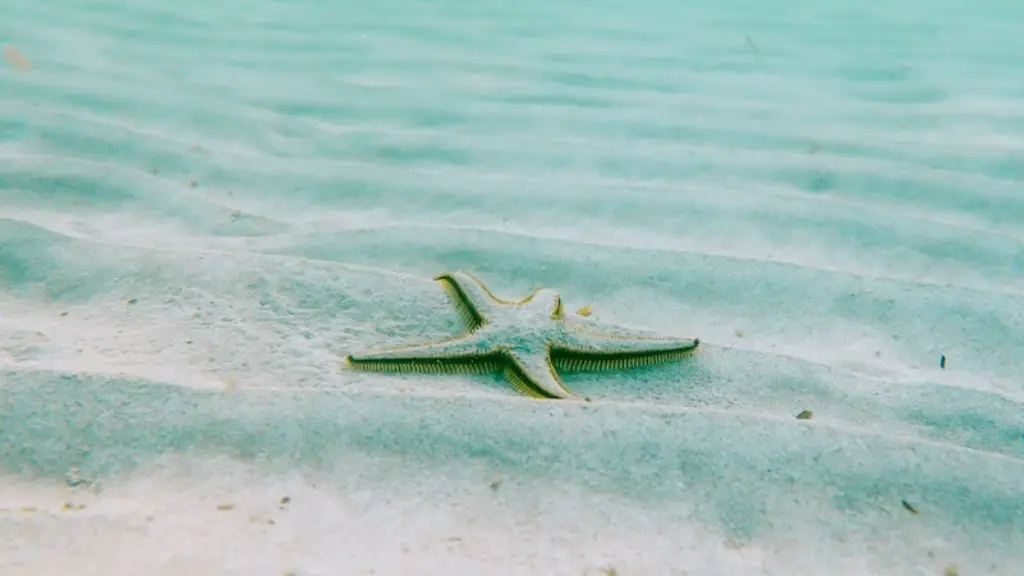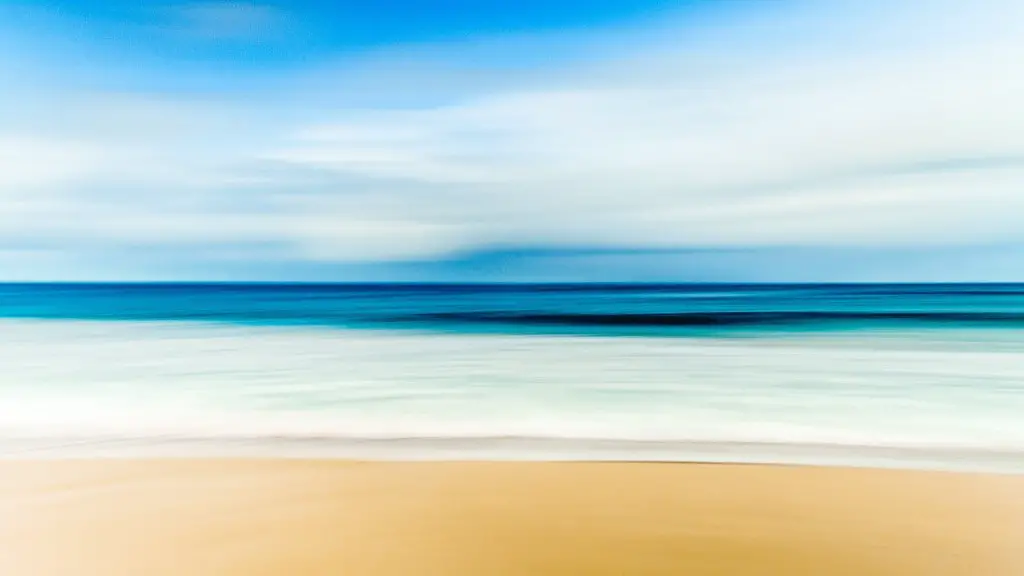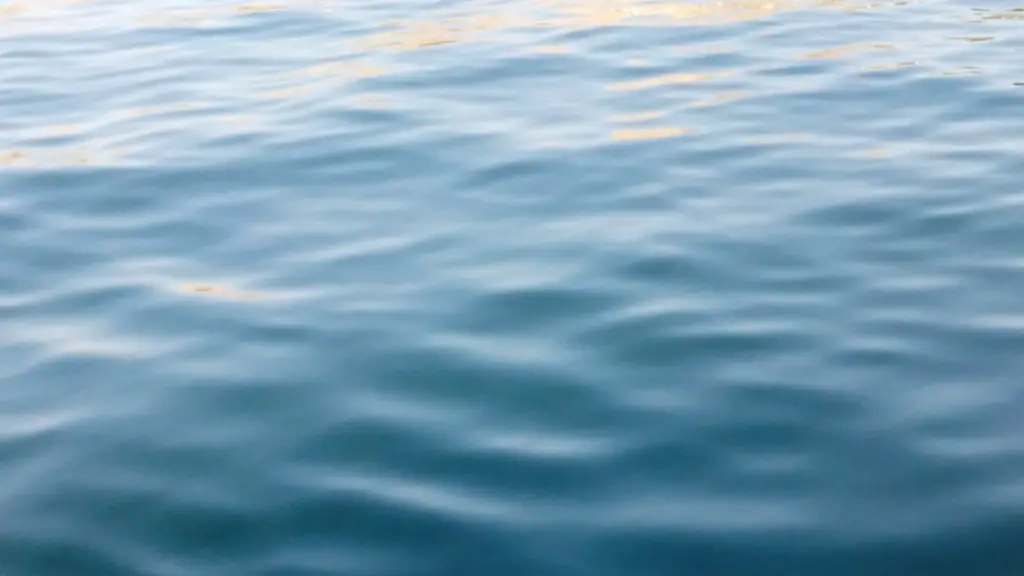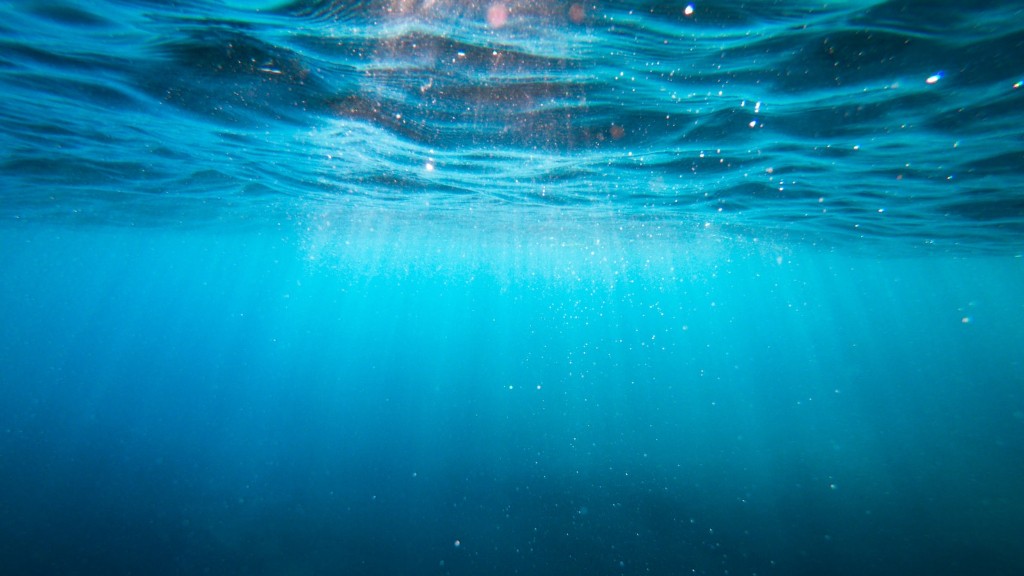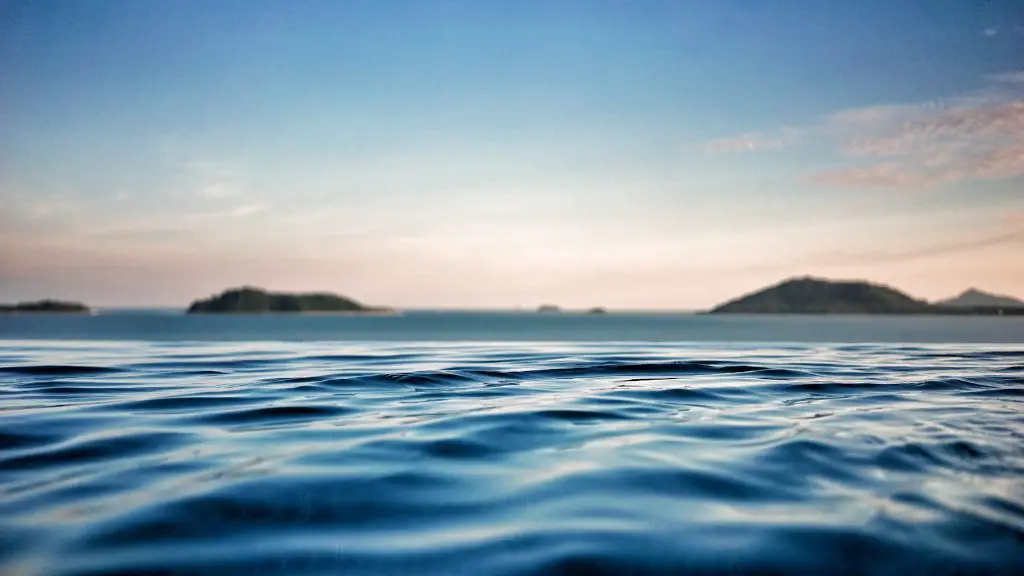Located in the Northern Hemisphere, the Mediterranean Sea is a semi-enclosed ocean basin bounded by the African continent, Europe, and the Asian continent. It has an area of approximately 2.5 million km2 and a volume of 3.8 million km3. It stretches over nearly 3,500 km from the Strait of Gibraltar in the west to the Suez Canal in the east. The maximum depth of the Mediterranean is around 5,267m.
The Mediterranean is the world’s largest inland sea, separated from the ocean by a thin land bridge. Its high salt content not only gives the sea a distinctive colour, but also creates a unique and rich habitat for plants, animals and humans. Because of its sheltered environment, many species of plants and animals are well protected from the oceanic environment, making it a great place for aquatic life such as coral, seagrasses and algae.
The Mediterranean is an important trade route, as it links the countries of Europe, Africa and the Middle East. It is also a rich source of oil and gas, and supports a number of important industries such as fishing, shipping and tourism. In addition, it provides a habitat for a range of species, including endangered and protected species, making it an important global habitat.
As the Mediterranean is largely surrounded by land, it is affected by many different types of human activity. The major source of pollution is from ships, with the leakage of chemicals, untreated sewage, and fertilizers depositing harmful toxins and nutrients into the sea. Furthermore, as more areas of the Mediterranean are developed, more land is converted into housing and industrial areas, leading to increased run-off of pollutants which further contaminates the water.
However, many organizations are making progress to protect the Mediterranean sea. For example, the Barcelona Convention has established a Regional Sea Treaty which harmonizes the efforts of 12 countries to protect the sea, and the European Union has also set up a number of programs and initiatives to safeguard the sea and its resources.
The Mediterranean is an important sea, and its future is inextricably linked to the future of many countries in the region, as well as the broader global environment. As such, understanding the size, nature and dynamics of the sea is essential for preserving its resources for future generations.
Climate
The climate of the Mediterranean is characterized by warm dry summers and mild, wet winters, with temperatures ranging from an average daily high of 22°C in July and August, to an average daily low of 11°C in December and January. The Mediterranean receives about four times more precipitation than the surrounding continents, and the Mediterranean coastline experiences higher rainfall intensity compared to other parts of the world.
The Mediterranean region is particularly vulnerable to changes in climate due to its delicate balance of weather patterns, which influences the availability of food and water, the growth of vegetation, and the health of coastal habitats. Rising sea levels, increased temperatures and changing oceanic conditions will have significant implications for the region, including the potential for extreme weather events such as storms, drought and floods.
Given the sensitivity of the Mediterranean climate, organisations such as the International Mediterranean Commission have taken action to promote awareness of the importance of Mediterranean habitats, as well as combating climate change through sustainable development.
Economics
The Mediterranean Sea is a major source of business for many countries in the region, with fisheries, shipping, oil and tourism being the main economic activities. In recent years, the region has seen an increase in tourism, with the tourism industry in the region estimated to be worth around $100 billion.
The main issue for the regional economy is how to balance the exploitation of marine resources with their protection from human activities. This is especially challenging due to the large number of coastal countries and the lack of a unified regulatory framework. There have been some attempts to introduce a regional framework, such as the Barcelona Convention, which sets out guidelines on how to reduce pollution and promote sustainable fishing practices.
The Mediterranean Sea is also important in terms of transport, linking the countries of the region to each other and the world. The development of ports, harbours, and maritime infrastructure has been key in providing a boost to the region’s economy, as well as providing a shipping route for global trade.
Geography
The Mediterranean Sea is bordered by 21 different countries. These countries have been divided into geographical regions, including the Northern Mediterranean, the Eastern Mediterranean, the Middle East, and the Western Mediterranean. Each region has its own characteristics and features that make it unique.
The Northern Mediterranean is dominated by Greece and Turkey, while the Eastern Mediterranean is heavily populated by countries such as Israel, Cyprus, and Lebanon. The Middle East is home to countries such as Jordan, Iraq and Iran, while the Western Mediterranean is home to countries such as Spain, Italy, and Portugal. These countries have diverse cultures and histories, and the Mediterranean itself has been a major influence on the development of these regions.
The Mediterranean’s geography is also extremely varied, ranging from deep trenches in the Aegean Sea to shallow lagoons in the Adriatic. This diversity of environments has provided various habitats for both terrestrial and marine species, making the region a biodiversity hotspot.
Environment
The Mediterranean Sea is an incredibly diverse ecosystem, and is home to a wide range of animal species, including dolphins, whales, sea turtles, and a variety of fish. The sea is also home to a number of endangered species, such as monk seals and loggerhead turtles. This biodiversity is important for maintaining the integrity of the entire Mediterranean ecosystem, and provides vital resources to local populations.
However, the Mediterranean Sea is under threat from a wide range of factors, including overfishing, pollution, and climate change. The fishing industry has long been a major contributor to the economy, but this has come at the cost of depleting stocks of many species, leaving less food for other fish and marine species. Pollution is another major factor, with both chemicals and sewage entering the ocean from human activities. Finally, climate change is having a drastic impact on the Mediterranean Sea, with rising sea levels, changes in ocean temperatures and increased storm activity threatening the local ecosystem.
In order to protect and restore the health of the Mediterranean Sea, organisations such as the Mediterranean Action Plan have put forward plans and initiatives to promote sustainable fishing practices, reduce pollution and protect the habitats of marine species. It is essential that these plans are implemented, as this incredibly diverse and invaluable source of food and resources needs to be safeguarded for future generations.
Conclusion
The Mediterranean Sea is one of the world’s most important bodies of water, and its future is inextricably linked to many countries in the region. This incredible water body covers an area of 2.5 million km2 and has an array of resources, stretching from Spain to Turkey, providing a habitat and food source for a range of species. However, due to human activities, the sea is under threat from overfishing, pollution and climate change. It is therefore essential that steps are taken to protect and preserve the ocean for future generations.
